"You Just Need to Close the Gestalt" - such advice can be heard from well-wishers. But in order to understand what a gestalt is and to correctly use this
concept, you need to abstract yourself from psychotherapy for a while
and turn to the psychology of perception.
In a literal translation from German, Gestalt means "Form, View, Figure," and the derived word "Gestaltung" is "design." Other more or less suitable in meaning Russian analogues - "Integrity", "structure" and "model." The official date of birth of the term is 1890, when the philosopher Christian von Ehrenfels published his key work? ber Gestaltqualit? Ten
("On the Qualities of the Form." This scientist supported the point of
view of Immanuel Kant - that we can not perceive the physical world
directly, a person always interacts with information received from the
sense organs - modifying it in his mind. For us, more than the sum of its parts, because we invest in it and their perception.
This
idea continued to develop during the 1910s and 1930s, when
psychologists began to actively study the perception of works of art. Scientists
have found that when we look at a picture or a statue, the main role is
played by some integral perception of the object, irreducible to the
properties of the sum of its constituent elements. Figuratively speaking, when we look at the painting of Renoir or
another impressionist, we do not notice and appreciate every smear, but
we see a single whole and it is this common combination of colors and
forms that impresses us.
Such a holistic perception was also called "Gestalt."
In
parallel, the Gestalt approach to perception has grown into an
independent direction of psychology - thanks to Max vortheimer, the von
Ehrenfels student. In 1912 he published the work "Experimental Studies of Perception of the Movement." The scientist described how two flashes of light that flashed in two
different places at different times can be perceived as a single light
source that moved from one place to another - if the distance and time
interval were correctly chosen (optical illusion worked at an interval
of about 60 milliseconds.
Thus, the observer perceived not two separate elements, but a single whole. This confirmed the idea that the whole model differs from the simple sum of parts. Similar
experiments were conducted with music - Ernst Mach in his work
"Analysis of Sensations" proved that changing the tone and tempo of the
melody does not prevent to identify the motive. A similar experiment - but, attention, only with the text - is now
widely replicated in social networks: thanks to the ability to think
Gestalt, you can understand the sentence, even if in each word to change
the order of letters and leave only initial and final in place.
Nparmiere, you lgkeo mezhtee prisreste this fazr.
Studies Gestalt continued Danish psychologist Edgar Rubin. He divided any image perceived by a person into a figure (object) and background. The figure is what our attention is focused on, and the background is everything else. To
show that the figure and background are mutually exclusive, Rubin
created a famous drawing that can be "Read" either as an image of a
vase, or as an image of two persons - depending on what to concentrate
on. When an object protrudes, the vase becomes the background, but when
the figure becomes a vase, the faces immediately and completely recede
into the background.
From psychology, the term migrated to psychotherapy and settled there firmly, engendering a new direction - Gestalt therapy. After
all, the concept of background and figure is preserved in everyday life
- if we imagine that the reality in which we exist is a background, and
different objects or processes are figures. When
we have some needs, we can "pull out" the figures from the background
and consciously interact with them, and after the interaction, the
figure merges again with the background. For example, we are hungry and looking for food, and after chewing and
swallowing a hamburger, we forget about this need and are distracted by
something else.
In fact, the "Figure", Gestalt, can be any process - a passion for someone, a quarrel or a business started.
We
remember the unfinished processes better - this phenomenon is called
the "Zeigarnik effect" named after the Soviet psychologist Blumy
Zeigarnik. While
still a student, she noticed that the waiters in the cafe perfectly
remember all the outstanding orders and immediately forget the ones
done. Later, Zeigarnik conducted a series of experiments that confirmed that
unfulfilled tasks create a certain tension in human memory.
This
tension helps us not to forget about our needs, but in order for a
person to be psychologically healthy, gestalt must be brought to a
logical conclusion in time. An unfinished gestalt can cause an obsessive desire to return to the situation and "Replay" it. And the person begins to repeat the old schemes in the changed
conditions - for example, provokes in new relations the conflicts
unresolved with the former partner.
So, remember: In
order for a person to be psychologically healthy, gestalt must be
brought to a logical conclusion in a timely manner.




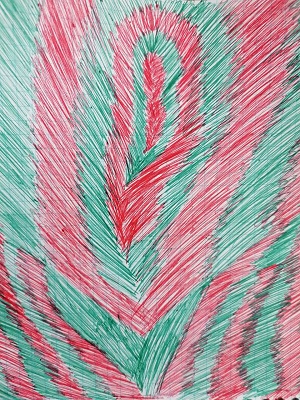


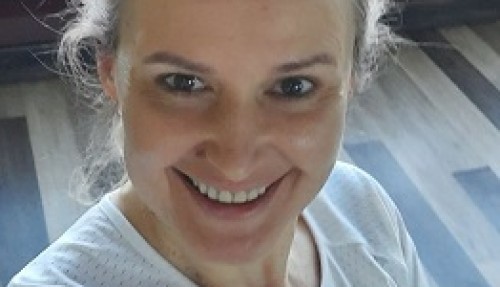
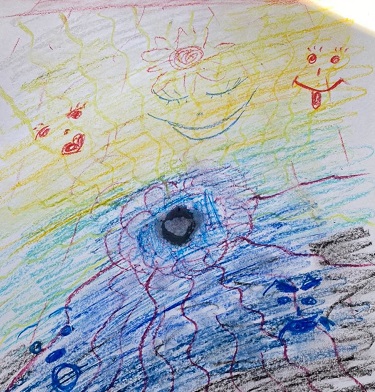
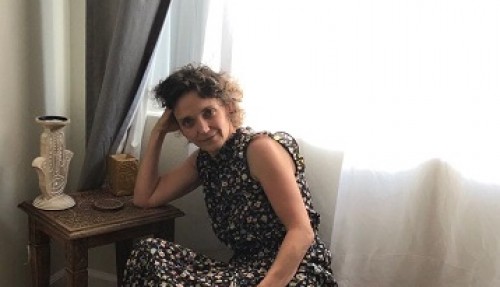

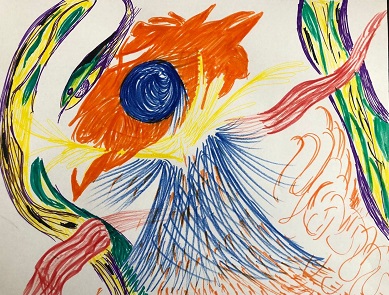



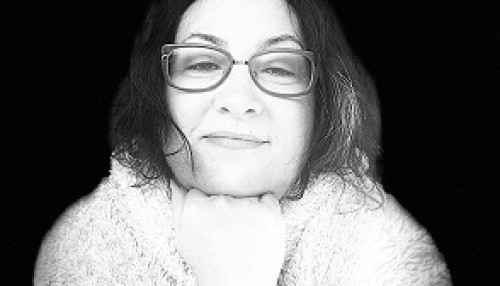

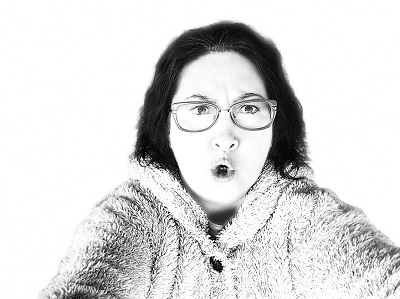


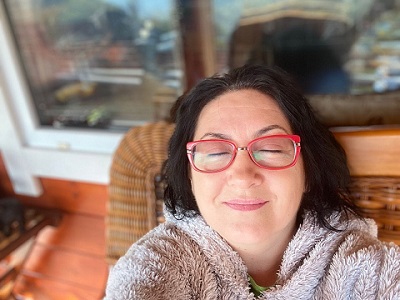







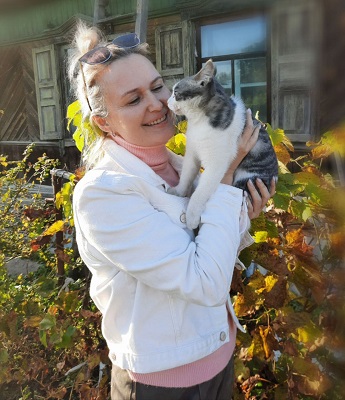


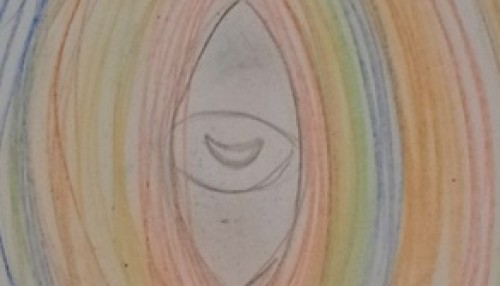


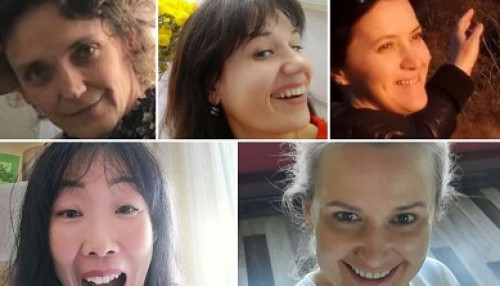
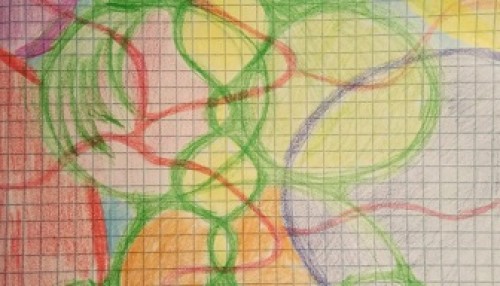
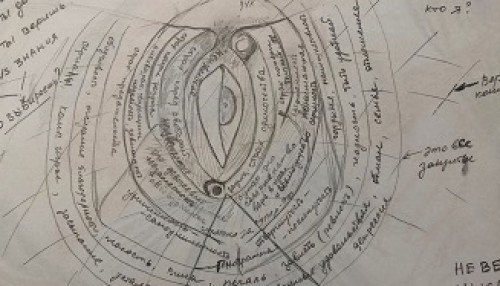
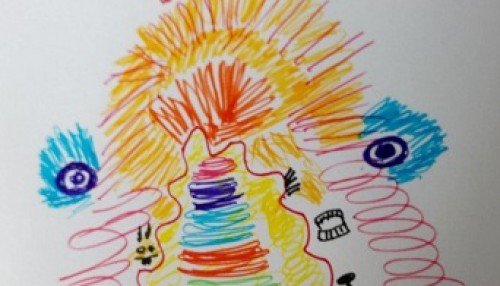




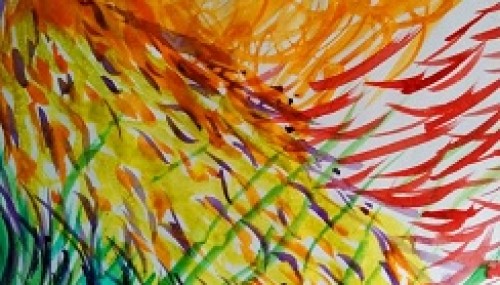




Благодарю. Очень важная и необходимая для меня в настоящее время информация.
09.10 13:19